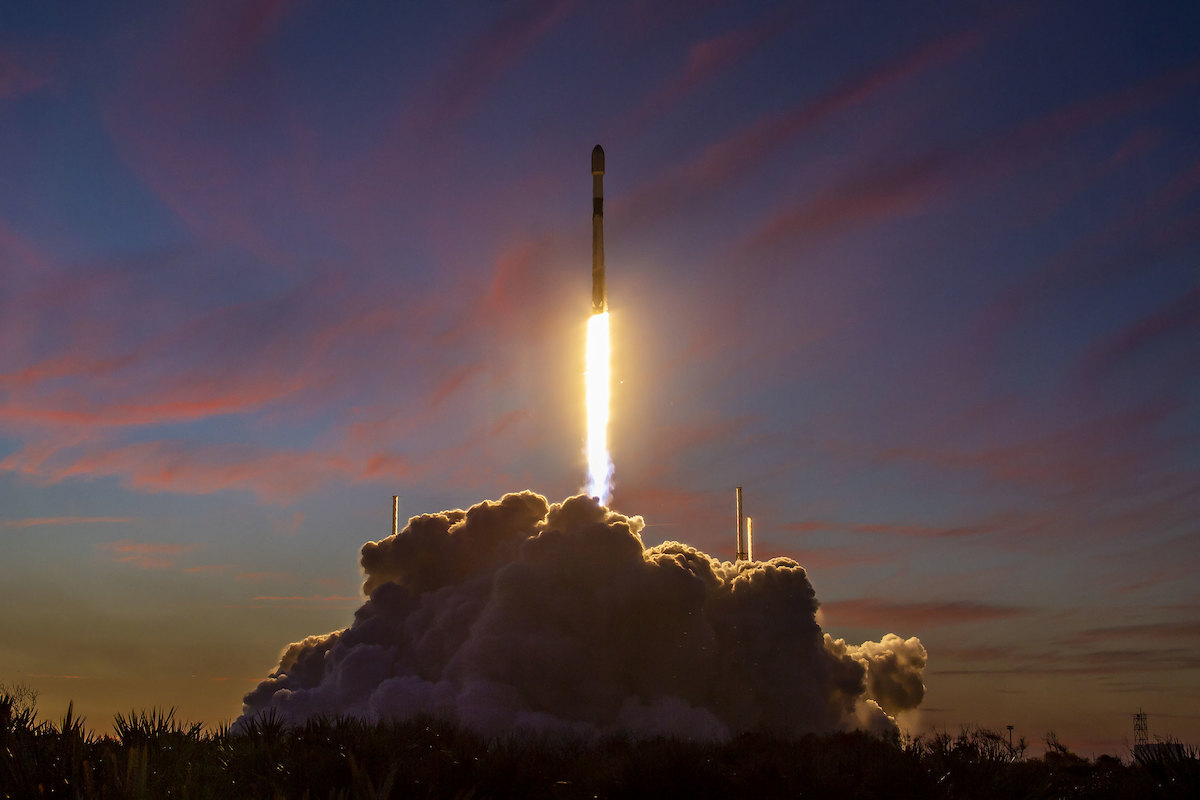CLIMATEWIRE |The United Nations’ latest climate assessment has upped the ante for energy policy in the United States, making it clear that rich nations need to cut their emissions more deeply than some of the most ambitious targets.
The report from the U.N. Intergovernmental Panel on Climate Change introduced a new deadline that the world must meet to avoid the most catastrophic climate impacts. To limit global warming to 1.5 degree Celsius, it found that global greenhouse gas emissions must decline by 60 percent by 2035 compared with 2019 levels (ClimatewireMarch 20).
That translates to a 67 percent emissions cut by 2035 from a 2005 baseline — the year the United States uses as a benchmark. Even if the country met the Biden administration’s goal of cutting emissions by 50 to 52 percent by 2030, it would have a long way to go in five years to make a 67 percent cut a reality.
“That is extraordinarily challenging,” said Robbie Orvis, senior director of modeling and analysis at Energy Innovation.
One reason is what he called “capital stock turnover.” The Biden administration’s target relies on getting people or companies to upgrade to more efficient or cleaner models when their old equipment needs to be replaced. The Inflation Reduction Act provides incentives for those upgrades — whether it be cars or coal-fired power plants — and upcoming regulations will likely boost the switchover as well.
That gradual switch, however, may not be fast enough for the IPCC target.
“To hit a target like 60 percent below 2019 by 2035, you start having to have people replace equipment before it’s reached the end of its useful life,” Orvis said. “And that is, from a policy standpoint and an economic standpoint, much more challenging.”
A report released last week by the U.S. Energy Information Administration, which provides energy statistics for the government, hints that the United States might be running behind on its 2030 commitment to the Paris Agreement. And after 2030, the low-hanging fruit — like switching to electric cars and replacing gas heaters — will have been picked, leaving the harder-to-decarbonize sectors.
It’s a challenge that the world’s climate scientists say is necessary to overcome to avoid the worst impacts of climate change. Also on Monday, U.N. Secretary-General António Guterres called on rich nations to stop adding greenhouse gases to the atmosphere by 2040, 10 years earlier than the net-zero target set by the United States and many other developed countries.
Scientists say the 1.5 C temperature goal relies on a net-zero world by 2050, but major developing players including China and India have not pledged to stop emitting until decades later.
Accelerating change
It has been nearly two years since President Joe Biden promised the world that the United States would slash emissions by 50 to 52 percent by 2030 compared with 2005 levels.
Since he made that pledge at a 2021 Earth Day summit, Congress has passed a major climate spending bill, and EPA has started its regulatory push to tamp down pollution from sectors like power and oil and gas.
But indicators continue to show that the United States is not yet on track to deliver on Biden’s 2030 pledge.
Last week, EIA released itsAnnual Energy Outlookfor 2023. The outlook projected future energy trends and emissions out through 2050, based on policies in place as of last November. That included the Inflation Reduction Act, which includes $369 billion in climate investments.
Even so, EIA predicted that U.S. energy-related carbon emissions would only decrease between 25 and 38 percent by 2030 compared with 2005 levels — well shy of the 50 percent mark.
The analysis doesn’t include non-CO2 greenhouse gases and sinks and is limited to emissions from fossil fuel combustion. It also doesn’t consider future regulations, state policies or even certain Inflation Reduction Act programs.
Experts also say EIA relies on some pessimistic assumptions in its outlook, especially when it comes to how quickly Americans will swap their gasoline-fueled cars for electric vehicles in response to new incentives and targets from several key states. Analysis firms including Energy Innovation have estimated that the Inflation Reduction Act puts the United States within grasp of a 40 percent emissions cut by 2030.
But the EIA report is a cautionary sign, covering the sectors whose emissions will determine the success or failure of the 2030 target. It also shows emissions reductions petering out after 2030 — when the United States would need to see even deeper cuts to meet the IPCC’s recommendation for dramatic cuts by 2035 and 2040.
Inflation Reduction Act incentives also will begin to phase out in the early 2030, right when some of the easiest and lowest cost opportunities to green the U.S. economy will have to be realized.
“The low-hanging fruit is kind of in the electricity sector,” said Energy Innovation’s Orvis. While electric vehicles, heat pumps or other investments that promise to bend the emissions curve for other sectors are cost-effective, getting people to replace equipment that is still working is difficult and requires aggressive policy, he said.
“Your real constraint becomes time and how quickly you need to decarbonize,” he said.
The EIA outlook shows power-sector emissions falling by 15 percent between 2022 and 2025, from about 1.5 billion metric tons of carbon dioxide to about 1.3 billion metric tons. By 2030, such emissions could fall by 63 percent compared to 2022, to 782 million metric tons, according to EIA.
But after 2030, those reductions slow down. Power-sector emissions drop 8 percent between 2030 and 2035 to 723 million metric tons and then 10 percent by 2040 to 707 million metric tons.
The power sector is a bright spot in EIA’s analysis. The outlook projects industrial emissions will decrease in this decade but rebound in 2031 and trend upward for most of the 2030s and 2040s. Industrial emissions in 2050 would be only about 4 percent below their 2022 levels.
The EIA outlook doesn’t try to predict what policies might be in place in the future that might continue to bend the curve.
“I think the hopeful question is whether a decade of the incentives in the Inflation Reduction Act accelerate the rate of change in the U.S. in a way that makes science-based targets like this possible,” said John Coequyt, director of U.S. governmental affairs at RMI, referring to the IPCC report’s targets.
While a 67 percent cut in emissions by 2035 is “very aggressive,” he said, “Things are starting to change more quickly than people thought they would.”
Reprinted from E&E News with permission from POLITICO, LLC. Copyright 2023. E&E News provides essential news for energy and environment professionals.
Note: This article have been indexed to our site. We do not claim legitimacy, ownership or copyright of any of the content above. To see the article at original source Click Here








